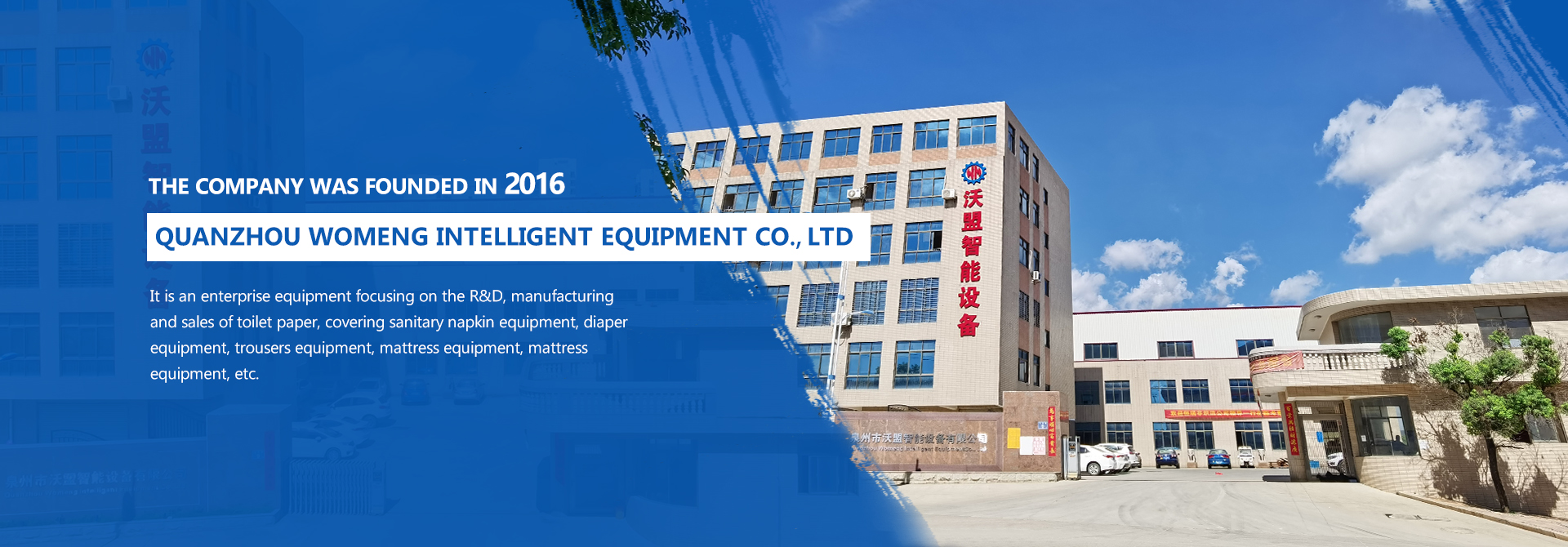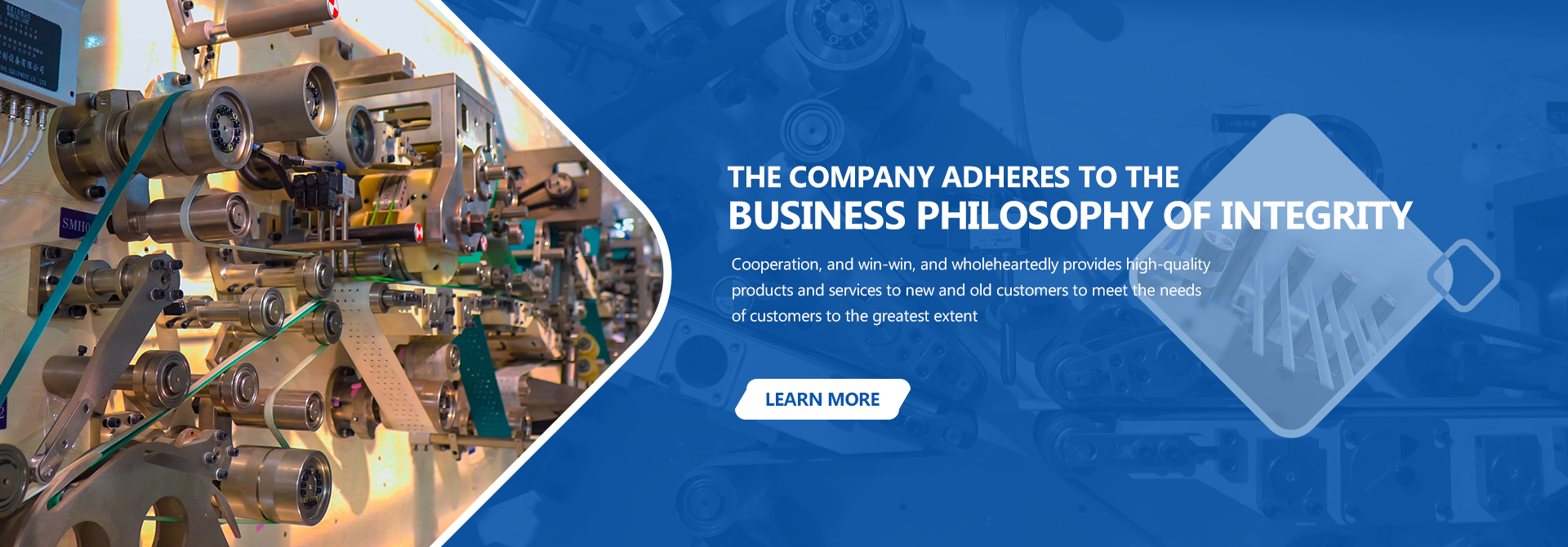
With the advancement of the social decarbonization tide and the demand for decarbonization work, the two major Japanese paper companies headquartered in Ehime Prefecture have cooperated to achieve the goal of zero carbon dioxide emissions by 2050.
Recently, executives of Daio Paper and Maruzumi Paper held a press conference in Matsuyama City to confirm the rumors of the two companies’ decarbonization cooperation.
The executives of the two companies stated that they will set up a board of directors with the Japan Policy and Investment Bank, which is a government financial institution, to consider achieving the carbon neutral goal of reducing carbon dioxide emissions to zero by 2050.
First of all, we will start by investigating the latest technology, and consider converting the fuel used for self-powered power generation from the current coal to a hydrogen-based fuel in the future.
Chuo City in Shikoku, Japan is known as the “Paper City”, and its paper and processed products are among the best in all parts of the country. However, the carbon dioxide emissions of these two paper companies alone account for a quarter of the entire Ehime Prefecture. One or so.
Daio Paper’s President Raifou Wakabayashi said at a press conference that the cooperation between the two companies can become a model for coping with global warming in the future. Although there are still many obstacles, it is hoped that the two sides will cooperate closely to meet a series of challenges such as new technologies.
Tomoyuki Hoshikawa, President of Maruzumi Paper, also said that it is important to work together to establish a community goal that can achieve sustainable development.
The council established by the two companies hopes to attract the participation of other companies in the industry to effectively reduce greenhouse gas emissions in the entire region.
Two paper companies striving to achieve carbon neutrality goals
Daio Paper and Maruzumi Paper are two paper companies headquartered in Chuo City, Shikoku, Ehime Prefecture.
Daio Paper’s sales rank fourth in the Japanese paper industry, mainly producing a variety of products including household paper and diapers, as well as printing paper and corrugated cardboard.
In 2020, due to the impact of the new crown pneumonia epidemic, household paper sales were strong, and the company’s sales reached a record 562.9 billion yen.
Maruzumi Paper’s sales volume ranks seventh in the industry, and is dominated by paper production. Among them, newsprint production ranks fourth in the country.
Recently, according to market demand, the company has strengthened the production of wet wipes and tissues. Recently, it has announced that it will invest about 9 billion yen in the upgrading and transformation of tissue production equipment.
Meeting the challenge of improving power generation efficiency through technological advancement
Statistics from the Ministry of the Environment of Japan show that in fiscal year 2019 (April 2018-March 2019), the carbon dioxide emissions of the Japanese paper industry were 21 million tons, accounting for 5.5% of the entire industrial sector.
In the manufacturing industry, the paper industry ranks behind steel, chemical, machinery, ceramics and other manufacturing industries, and belongs to the high carbon dioxide emission industry.
According to the Japan Paper Federation, about 90% of the energy required by the entire industry is obtained through self-provided power generation equipment.
The steam produced by the boiler not only drives the turbine to generate electricity, but also uses the heat to dry the paper. Therefore, the effective use of energy is a major issue in the paper industry.
On the other hand, among the fossil fuels used in power generation, the highest proportion is coal, which emits the most. Therefore, it is a big challenge for the paper industry to promote technological progress to improve the efficiency of power generation.
Wang Yingbin compiled from “NHK website”
Post time: Oct-22-2021



